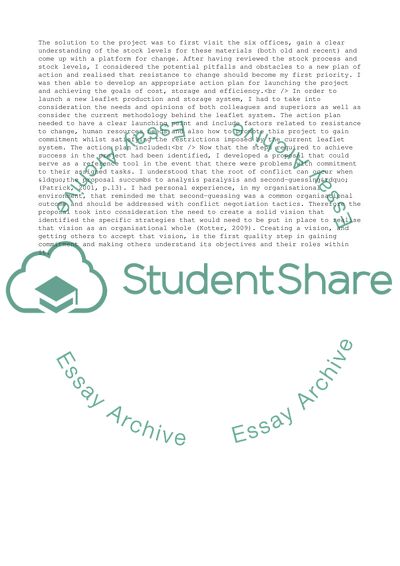Cite this document
(Changing the Methodology behind Information Leaflet Display Case Study, n.d.)
Changing the Methodology behind Information Leaflet Display Case Study. Retrieved from https://studentshare.org/management/1740802-reflective-commentary
Changing the Methodology behind Information Leaflet Display Case Study. Retrieved from https://studentshare.org/management/1740802-reflective-commentary
(Changing the Methodology Behind Information Leaflet Display Case Study)
Changing the Methodology Behind Information Leaflet Display Case Study. https://studentshare.org/management/1740802-reflective-commentary.
Changing the Methodology Behind Information Leaflet Display Case Study. https://studentshare.org/management/1740802-reflective-commentary.
“Changing the Methodology Behind Information Leaflet Display Case Study”. https://studentshare.org/management/1740802-reflective-commentary.


